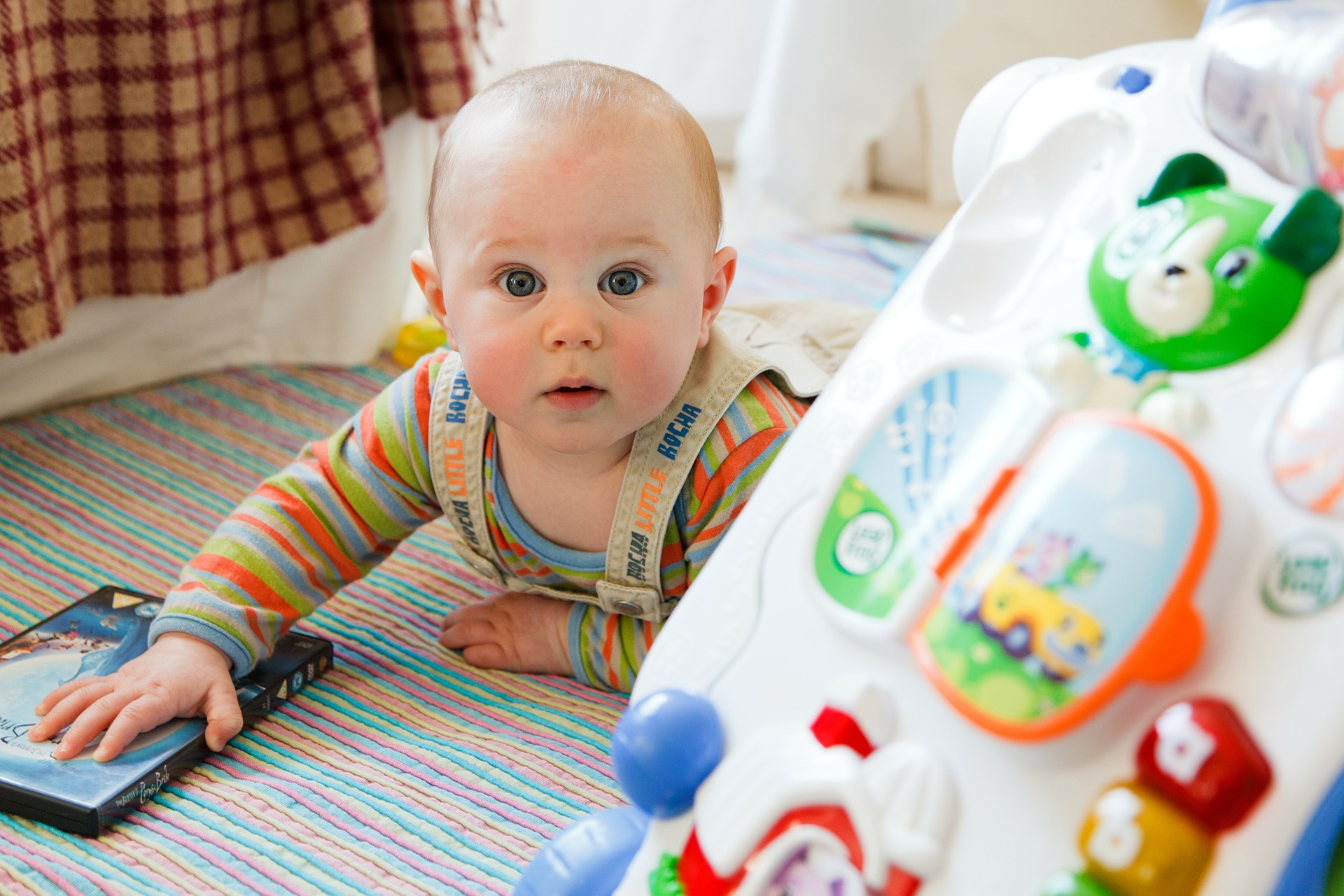Nordic Intelligence examines the fertility rates of the Nordic nations and asks if enough babies are being born.
The developed world is having to contend with the impact of falling fertility rates, and consider the potential effects upon future employment, economic growth and pensions.
The Nordic region is considered one of the most economically developed and vibrant parts of Europe with relatively low unemployment and a continuing stream of innovation in finance and technology. Despite this, fertility is falling in many of the region’s largest countries. A country needs 2.1 births per woman in order to maintain a stable population and afford a range of social security benefitsgiven that a falling working age population will put pressure on the remaining taxpayers.
Iceland
Iceland’s official fertility rate is 2.04 children per woman. One of the most economically dynamic parts of the Nordics, the country has little to no immigration and like other Nordic nations provides generous support to women around childcare, family allowances and a range of other social services.
Sweden
Sweden at 1.9 births per woman has a high fertility rate by European standards. The country — which has made headlines worldwide for the large levels of immigration it has attracted — remains economically solid. Sweden provides a wide range of support to mothers including help with childcare and nurseries.
Finland
At 1.8 births per woman, Finland has a low fertility rate and is struggling with economic decline in key industries such as logging. The country faces a significant challenge in managing its extensive social security obligations.
Norway
The most economically prosperous Nordic nation, and one of the richest nations on earth, Norway has a fertility rate of 1.85 births per woman. Benefiting from an enormous sovereign wealth fund, abundant land and a secure economy, the fertility rate remains below replacement level. However unlike the other Nordic nations the wealth of Norway should lead to few challenges in the coming decades.
Denmark
At 1.73 births per woman Denmark is in a troubled situation, leading to a series of humourous ads that have implored Danes to have babies to maintain the tiny nation’s population. It is unclear the long term effects of such schemes, and unless a significant increase in the fertility rate takes place Denmark is going to face considerable pressures in the coming decades.
All the Nordic nations have fertility rates above the troubled and economically disadvantaged southern European countries, yet all are below replacement level. A range of theories have been proposed as to why this could be the case, ranging from cultural theories to worries around housing and employment. Regardless of the causes, in the next two decades this trend will lead to pressure on pensions and economic stagnation for those unable to stem the decline.
